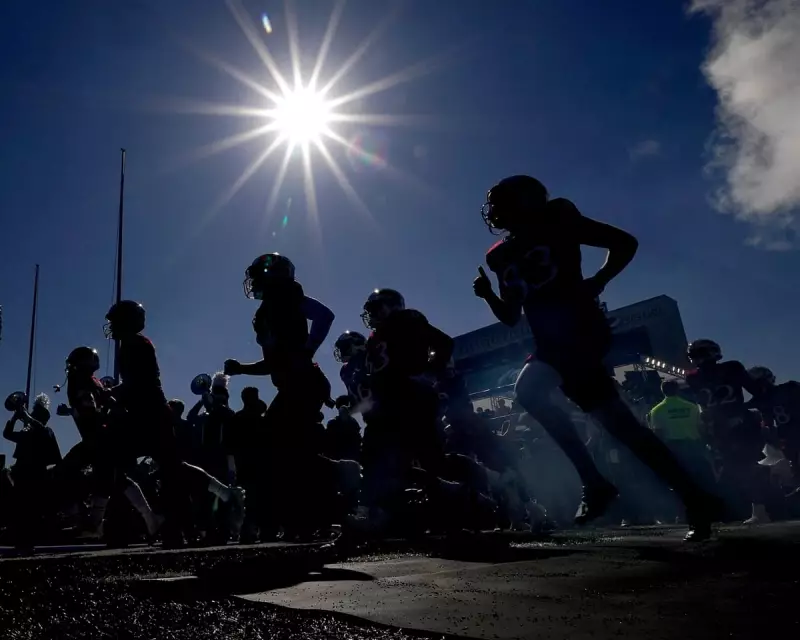
In a groundbreaking legal decision that could have far-reaching implications for sports organisations worldwide, the National Collegiate Athletic Association (NCAA) has been ordered to pay approximately $18 million (£14.7 million) over its failure to adequately warn a former college football player about the risks of concussion.
A Landmark Ruling for Athlete Safety
The substantial payout represents one of the most significant legal defeats for the NCAA regarding head injury protocols and could potentially open the floodgates for similar claims from former athletes. The case centred on allegations that the sports governing body neglected its duty of care to properly inform players about the long-term dangers associated with repeated head impacts.
The Human Cost Behind the Headlines
While the financial penalty is substantial, the case highlights the very real human cost of sports-related head injuries. The former player, whose identity remains protected, argued that the NCAA's failure to provide adequate warnings about concussion risks led to significant health complications later in life.
Medical experts testified during proceedings about the well-established connection between repeated concussions and long-term neurological conditions, including chronic traumatic encephalopathy (CTE), dementia, and other cognitive impairments.
What This Means for College Sports
This ruling is likely to force major changes across collegiate sports programmes, particularly in high-contact sports like American football. Sports organisations may now face increased pressure to:
- Implement more rigorous concussion protocols
- Provide comprehensive education about head injury risks
- Enhance medical monitoring of athletes
- Develop clearer return-to-play guidelines
A Watershed Moment for Sports Governance
Legal experts are describing the decision as a watershed moment that could redefine the responsibility sports organisations have toward their athletes. The $18 million award sends a clear message that governing bodies will be held accountable for protecting participants' long-term health.
This case follows growing global concern about head injuries in contact sports, with similar debates occurring in rugby, football, and other athletic disciplines about how best to balance competitive spirit with participant welfare.
The NCAA now faces increased scrutiny of its safety protocols and may need to implement sweeping changes to how it approaches head injury prevention and education across all member institutions.





